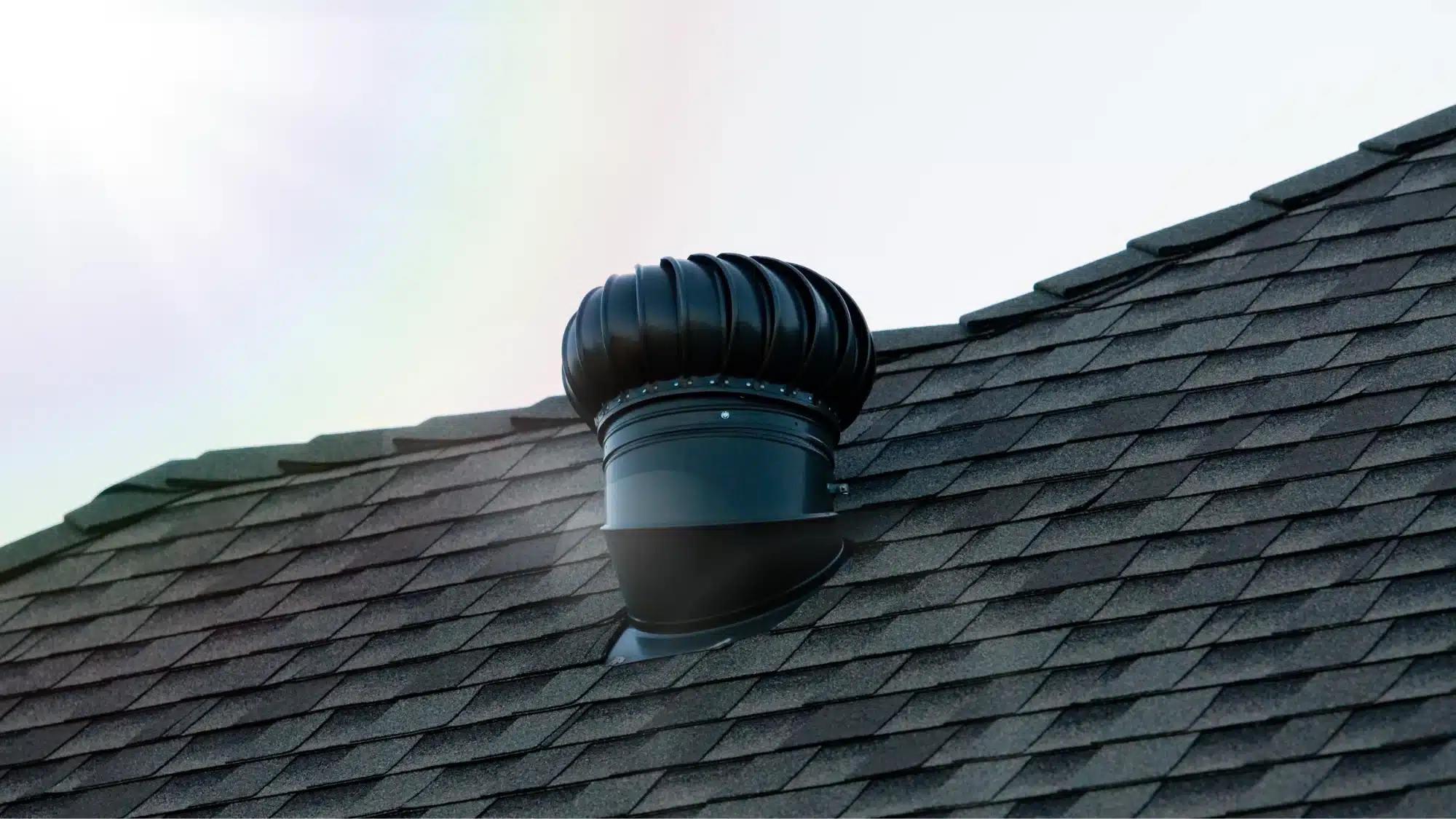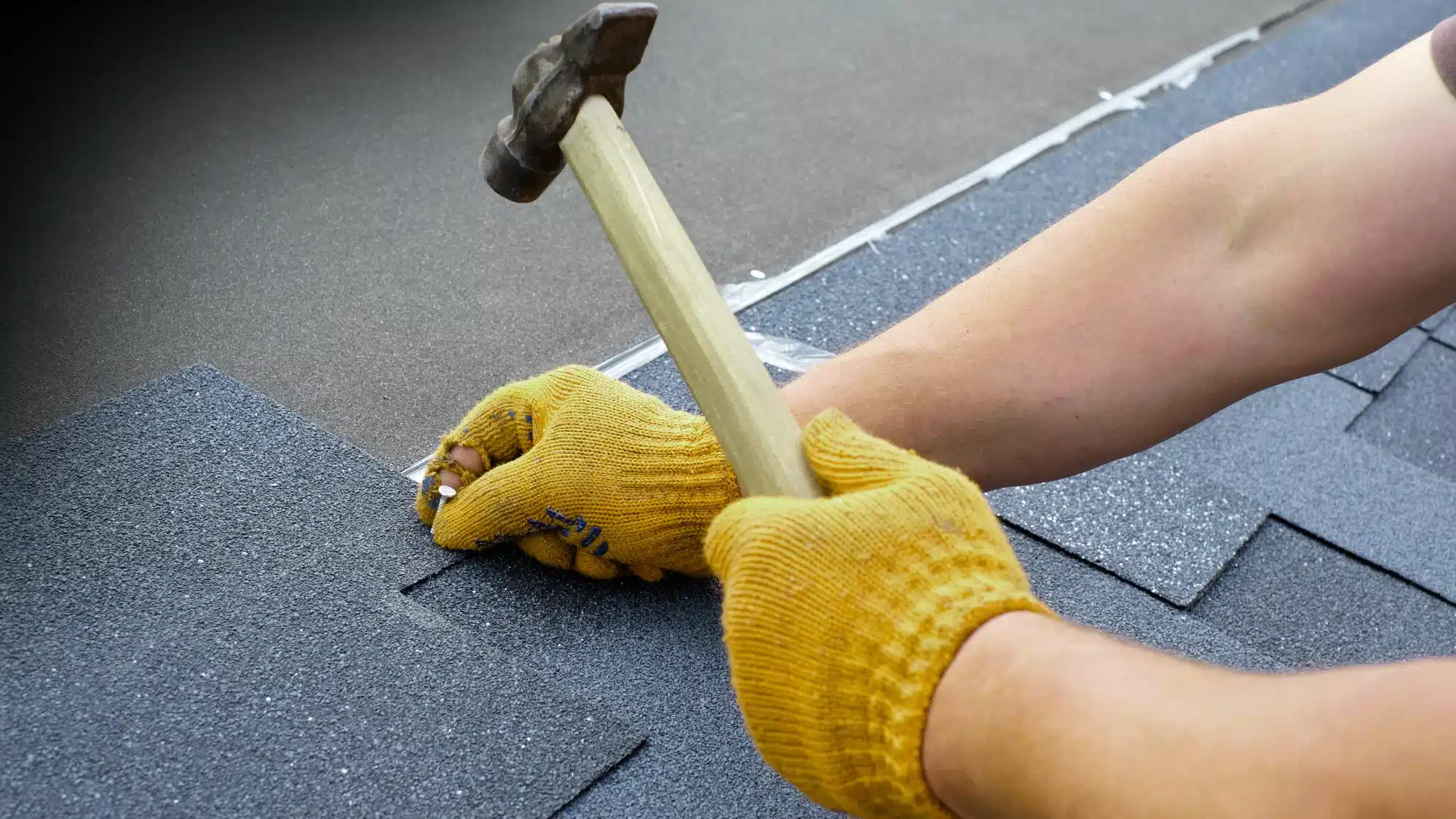As the crisp air of November settles in and the first snowflakes begin to dust rooftops across the region, homeowners are reminded that this month is more than just a transition into winter—it’s the true test of your roof’s ventilation system. At CD Roofing, we know that proper roof ventilation isn’t just a summer concern; it’s a year-round necessity, especially when cold weather hits. In fact, November often serves as the first real challenge for your attic’s airflow, making it the perfect time to assess and address any potential issues.
Why November Matters for Roof Ventilation
November marks the beginning of colder temperatures, increased indoor heating, and the first snowfalls in many areas. These conditions create the perfect storm for attic problems if your roof isn’t properly ventilated. Warm, moist air from inside your home rises into the attic, where it meets the cold underside of your roof. Without proper ventilation, this can lead to condensation, ice dams, and even mold growth.
Proper roof ventilation helps keep your attic temperature close to the outside temperature, preventing snow from melting and refreezing at the roof’s edge—a common cause of ice dams. It also allows excess moisture to escape, reducing the risk of condensation and protecting your insulation’s effectiveness.
The Dangers of Poor Roof Ventilation in Winter
1. Ice Dams
When warm air escapes into the attic, it can melt snow on the roof. As the melted water runs down to the colder eaves, it refreezes, forming ice dams. These can cause water to back up under shingles, leading to leaks, water damage, and even structural issues.
2. Mold and Moisture Buildup
Trapped moisture in the attic can condense on cold surfaces, creating the perfect environment for mold and mildew. This not only compromises your roof’s integrity but can also pose health risks to your family.
3. Reduced Energy Efficiency
Poor ventilation forces your heating system to work harder, increasing energy bills. A well-ventilated attic helps maintain a consistent temperature, reducing the strain on your HVAC system.
4. Premature Roof Aging
Extreme temperature swings and moisture buildup can cause shingles to deteriorate faster, shortening your roof’s lifespan and potentially voiding manufacturer warranties.
How to Prepare Your Roof for November and Beyond
- Inspect Your Attic Ventilation: Ensure that intake and exhaust vents are clear of debris and functioning properly.
- Check for Signs of Moisture: Look for condensation, damp insulation, or mold growth in your attic.
- Seal Air Leaks: Prevent warm air from escaping into the attic by sealing gaps around recessed lights, ducts, and other penetrations.
- Schedule Professional Inspections: A roofing expert can identify potential issues before they become major problems.
Chimney Flashing Repair Near Me: A Critical November Task
One often-overlooked area that can impact roof ventilation and overall roof health is the chimney flashing. Over time, flashing can become loose, cracked, or corroded, allowing water to seep into your attic and compromise your ventilation system. If you notice leaks around your chimney or suspect damage, it’s essential to search “chimney flashing repair near me” as soon as possible. At CD Roofing, our team specializes in chimney flashing repair, ensuring your roof is ready to face the winter months.
Conclusion
November isn’t just a month for Thanksgiving and holiday prep—it’s the time to put your roof ventilation to the test. Proper ventilation protects your home from ice dams, moisture buildup, and energy inefficiency, while also extending the life of your roof. Don’t wait until problems arise; take action now to ensure your attic is well-ventilated and your chimney flashing is in top condition.
For expert advice, inspections, or chimney flashing repair near you, contact CD Roofing today. Let us help you keep your home safe, dry, and energy-efficient all winter long.
CD Roofing – Your trusted partner for roof ventilation, chimney flashing repair, and all your roofing needs.




